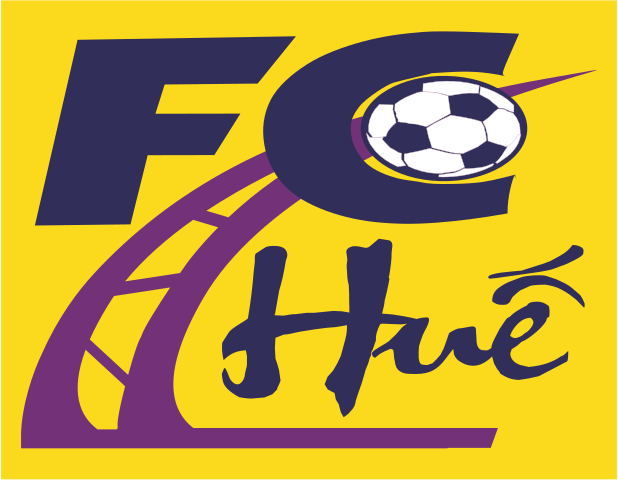The global e-learning market is a theater of intense and multifaceted competition, where a diverse array of companies, from technology giants and media conglomerates to universities and individual creators, are all vying for the attention and learning budgets of a global audience. A close examination of the E-Learning Market Competition reveals a rivalry that is fought on several key fronts: the quality and breadth of the content, the user experience of the learning platform, the credibility of the credential or certificate offered, and the effectiveness of the business model. The competition is fierce because the market is vast and the barriers to entry for creating a single piece of content are low, leading to a crowded and noisy landscape. The E-Learning Market size is projected to grow USD 375 Billion by 2035, exhibiting a CAGR of 4.88% during the forecast period 2025-2035. This substantial and growing prize pool ensures that the competitive pressures will remain high, as all players battle for learner engagement in a world of infinite digital distractions and choices.
The first and most fundamental basis of competition is the content itself. This is a battle of "content vs. content." In the corporate learning space, platforms like LinkedIn Learning and Skillsoft compete on the basis of their professionally produced, high-quality, and comprehensive libraries of business and technology courses. In the academic space, Coursera and edX compete by leveraging the powerful brand names and the unique content of their elite university partners. A course from Stanford on Coursera has a perceived level of quality and prestige that is difficult for others to match. In the consumer space, Udemy competes on the sheer breadth of its user-generated content library, offering a massive "long tail" of courses on almost any niche topic. This creates a competitive dynamic where platforms are in a constant "arms race" to secure the best instructors, the most exclusive content partnerships, and the most relevant and up-to-date course catalog for their target audience. In e-learning, content is still king.
This primary competition on content is further complicated by a second major competitive front: the threat of free substitutes. The single biggest competitor for any paid e-learning course is the vast universe of free educational content available on platforms like YouTube, as well as through blogs, podcasts, and open-source documentation. A learner who is motivated and self-directed can often learn a new skill for free using these resources. To compete, all commercial e-learning providers must offer a clear and compelling value proposition that goes beyond just the content itself. This is where the competition on platform experience and credentialing comes in. The paid platforms compete by offering a more structured learning path, interactive exercises and projects, a community of fellow learners, and, most importantly, a valuable and recognized certificate or credential upon completion. The competition is to prove that their structured, credentialed learning experience provides a tangible career outcome that justifies the cost when compared to the unstructured, free alternatives. This battle to demonstrate tangible value is a key feature of the modern e-learning market.
Top Trending Reports -



